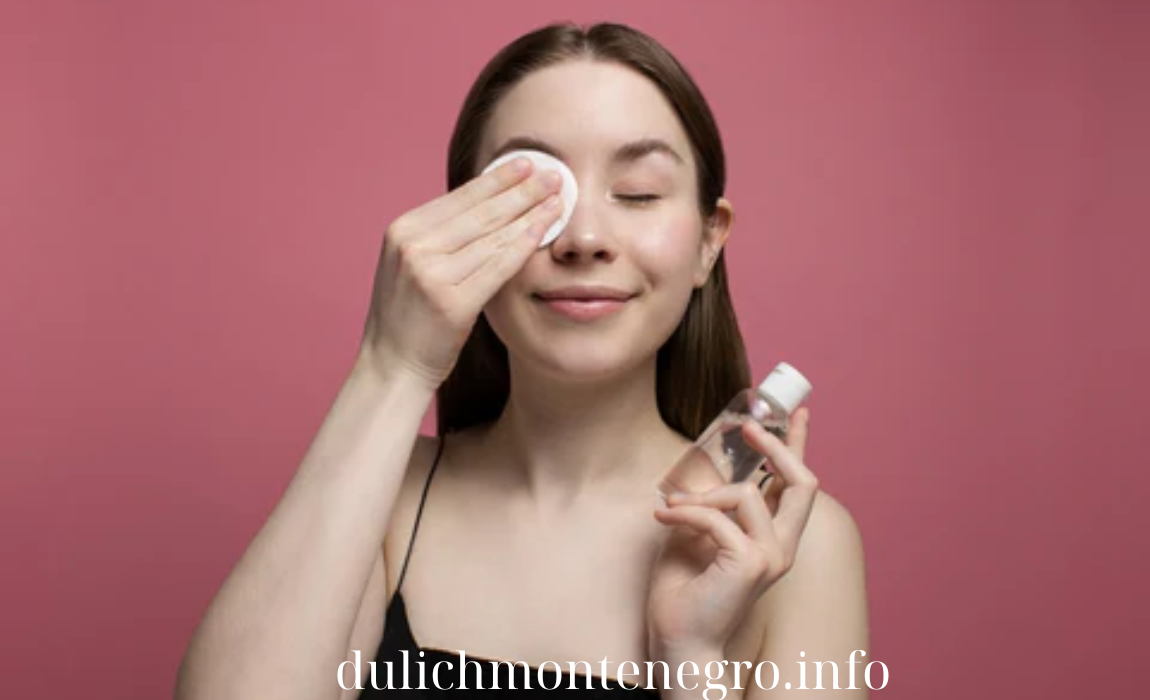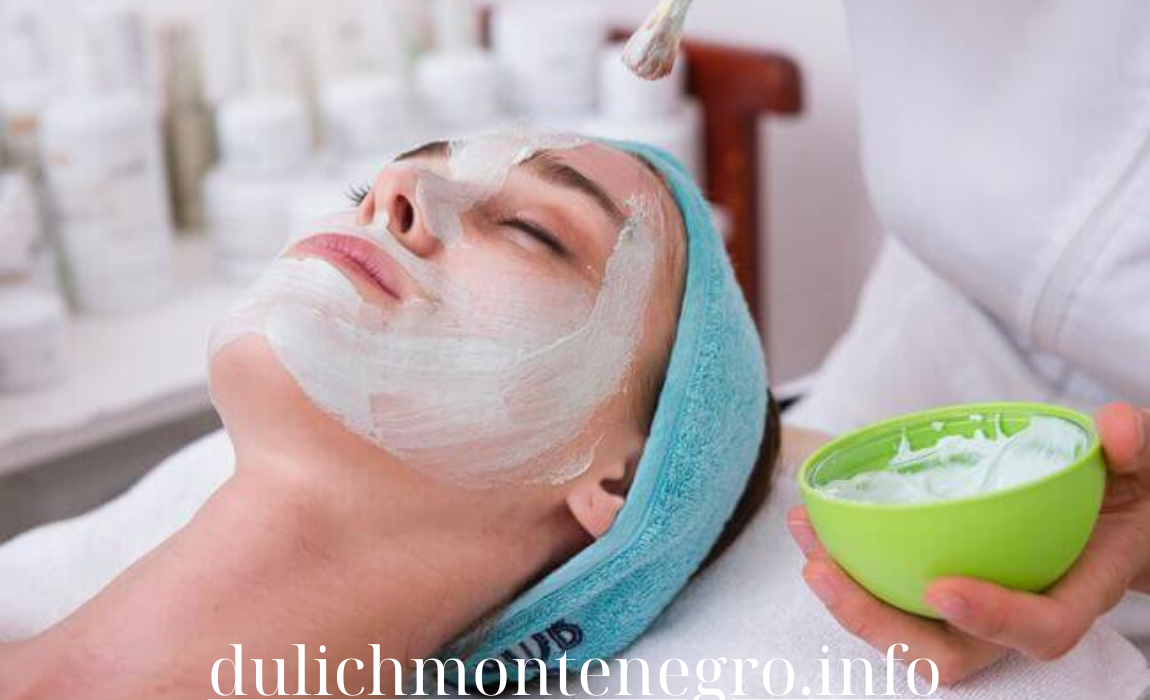Combination skin can be tricky to manage because it involves balancing oily areas (typically the T-zone) and dry or normal areas (usually the cheeks). However, with the right strategies, you can keep your skin looking and feeling healthy by addressing both issues simultaneously. Here are some innovative tips to help you effectively care for combination skin and create a balanced, glowing complexion.
1. Double Cleansing: Gentle but Effective
Combination skin benefits greatly from double cleansing, a technique that ensures all skin types are addressed. This two-step process helps remove excess oil from the T-zone without stripping moisture from the drier areas of your face.
- Step 1: Oil-Based Cleanser: Use an oil-based cleanser to remove makeup, sunscreen, and impurities without drying out your skin. Contrary to what you may think, oil cleansers help balance oil production by gently dissolving sebum in oily areas.
- Step 2: Water-Based Cleanser: Follow with a gentle, water-based cleanser to remove any remaining dirt and excess oil. Choose a sulfate-free formula that won’t irritate or dehydrate your skin.
Pro Tip: Use lukewarm water to cleanse your face. Hot water can dry out your skin, while cold water may not effectively remove impurities.
2. Use a Multi-Mask Approach
When it comes to treating combination skin, one-size-fits-all masks may not work. Instead, try multi-masking—using different masks for different areas of your face—to address specific concerns.
- Clay or Charcoal Masks for Oily Areas: Apply a purifying clay or charcoal mask on your T-zone to absorb excess oil, unclog pores, and control shine.
- Hydrating or Soothing Masks for Dry Areas: Use a moisture-rich or soothing mask on your cheeks and other dry areas to replenish hydration and calm irritation.
Pro Tip: Multi-masking allows you to target each area of your face with customized treatment, ensuring that neither your oily nor dry zones are neglected.
3. Lightweight, Gel-Based Moisturizers for Balance
Finding the right moisturizer for combination skin can be challenging, but the key is using a lightweight, gel-based formula that hydrates without feeling heavy or greasy.
- Look for Water-Based Ingredients: Opt for moisturizers containing water-based ingredients like hyaluronic acid or glycerin, which hydrate the skin without clogging pores or adding excess oil.
- Avoid Heavy Creams: While you might be tempted to use rich creams on dry areas, they can exacerbate oiliness in the T-zone. Instead, use a lightweight product all over, and if needed, layer an additional hydrating serum on the dry areas.
Pro Tip: If your cheeks are particularly dry, apply a richer cream only to that area at night, leaving the T-zone with just the lightweight moisturizer.
4. Exfoliate with a Gentle Touch
Exfoliating helps remove dead skin cells, reduce clogged pores, and prevent dullness, but combination skin requires a gentle approach. Over-exfoliation can lead to irritation and worsen dryness, while under-exfoliation may leave your oily areas congested.
- Choose a Gentle Exfoliant: Use a mild chemical exfoliant with ingredients like lactic acid or polyhydroxy acids (PHAs) that gently exfoliate without causing irritation. Avoid harsh scrubs that can aggravate dry patches and increase oil production in the T-zone.
- Spot Exfoliation: Focus your exfoliant on the T-zone where oil and dead skin cells tend to accumulate. For drier areas, exfoliate less frequently, focusing on smoothness and texture improvement.
Pro Tip: Limit exfoliation to 1–2 times a week, paying attention to how each area of your face reacts.
5. Targeted Serums for Customized Care
Using different serums for different parts of your face is an effective way to address the varying needs of combination skin.
- Niacinamide or Salicylic Acid for Oily Areas: Apply a serum containing niacinamide or salicylic acid to your T-zone to help control oil production, reduce the appearance of pores, and prevent breakouts.
- Hyaluronic Acid or Ceramides for Dry Areas: For dry areas, opt for a hydrating serum with hyaluronic acid or ceramides to lock in moisture and strengthen the skin barrier.
Pro Tip: Apply your serums separately on the targeted areas rather than all over your face to avoid overloading the skin with unnecessary ingredients.
6. Blotting Papers for On-the-Go Shine Control
Blotting papers are an essential tool for managing midday shine in your T-zone without disturbing your makeup or stripping your skin of moisture. They are a quick fix to absorb excess oil while keeping the rest of your face hydrated and fresh.
- How to Use: Press the blotting paper gently onto oily areas, particularly your forehead, nose, and chin. Avoid rubbing, as this can move oil around your face or disrupt your makeup.
Pro Tip: Use blotting papers before applying powder to control shine, ensuring a smoother, longer-lasting finish.
7. SPF Without the Grease
Sunscreen is non-negotiable for healthy skin, but many SPF formulas can feel too greasy for combination skin. Opt for an oil-free, mattifying sunscreen to protect your skin from UV damage without adding excess shine to your T-zone.
- Lightweight SPF Gels or Fluids: Choose sunscreens that are gel-based or have a matte finish, which will absorb quickly and won’t leave your skin feeling oily.
- Hybrid Sunscreens: Look for hybrid sunscreens that combine hydration with UV protection, offering benefits for both dry and oily areas.
Pro Tip: Reapply sunscreen throughout the day if you’re outdoors. If you’re wearing makeup, try a powder or spray sunscreen for easy touch-ups.
8. Incorporate Toners Wisely
Toners can be beneficial for combination skin when chosen correctly. Avoid alcohol-based toners that strip the skin, and instead, opt for hydrating or balancing toners.
- Hydrating Toners: Look for toners with ingredients like aloe vera, rose water, or glycerin that soothe and hydrate the skin without clogging pores.
- Balancing Toners: Niacinamide or witch hazel-based toners help regulate oil production and minimize the appearance of pores in the T-zone without drying out the rest of your face.
Pro Tip: Apply toners with your hands by pressing them gently into your skin rather than using cotton pads, which can absorb too much product.
9. Adjust Your Routine with the Seasons
Combination skin often requires adjustments based on seasonal changes. Your skin may become oilier in the summer and drier in the winter, so it’s important to tweak your skincare routine accordingly.
- Summer: Use lighter moisturizers and mattifying products to control excess oil, while focusing on sun protection with oil-free, non-comedogenic SPF.
- Winter: Switch to more hydrating cleansers and moisturizers that help combat dryness, while still using lightweight oil-controlling products in the T-zone.
Pro Tip: Always keep a hydrating mist on hand during the colder months to spritz throughout the day, adding moisture without disrupting your makeup or making your skin feel greasy.
10. Consult a Dermatologist for Persistent Issues
If you’re struggling to manage combination skin with at-home care, consulting a dermatologist can help you get personalized advice. A professional can recommend treatments or prescribe products specifically tailored to your skin’s needs, such as prescription-strength retinoids for acne or specialized moisturizers for extreme dryness.
Conclusion
Managing combination skin doesn’t have to be frustrating when you adopt a tailored approach. By using the right products and techniques for different areas of your face, you can achieve a balanced, radiant complexion. With these innovative tips, you’ll be able to control oil in your T-zone and keep your dry areas hydrated and smooth.



